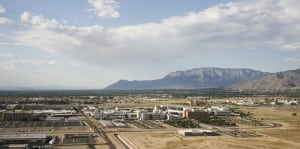
Nuclear Security & Deterrence Monitor Vol. 21 No. 1
Visit Archives | Return to Issue PDF
Visit Archives | Return to Issue PDF
Nuclear Security & Deterrence Monitor
Article 1 of 10
January 06, 2017
Sandia Leads NNSA Labs in FY16 Performance Evaluations

Sandia Corp. has received the highest marks among the National Nuclear Security Administration’s (NNSA) nuclear weapons labs in the agency’s newly released fiscal 2016 performance evaluations. Each national laboratory contractor was rated in six performance…
Partner Content